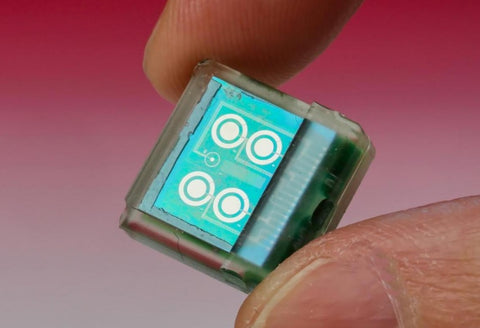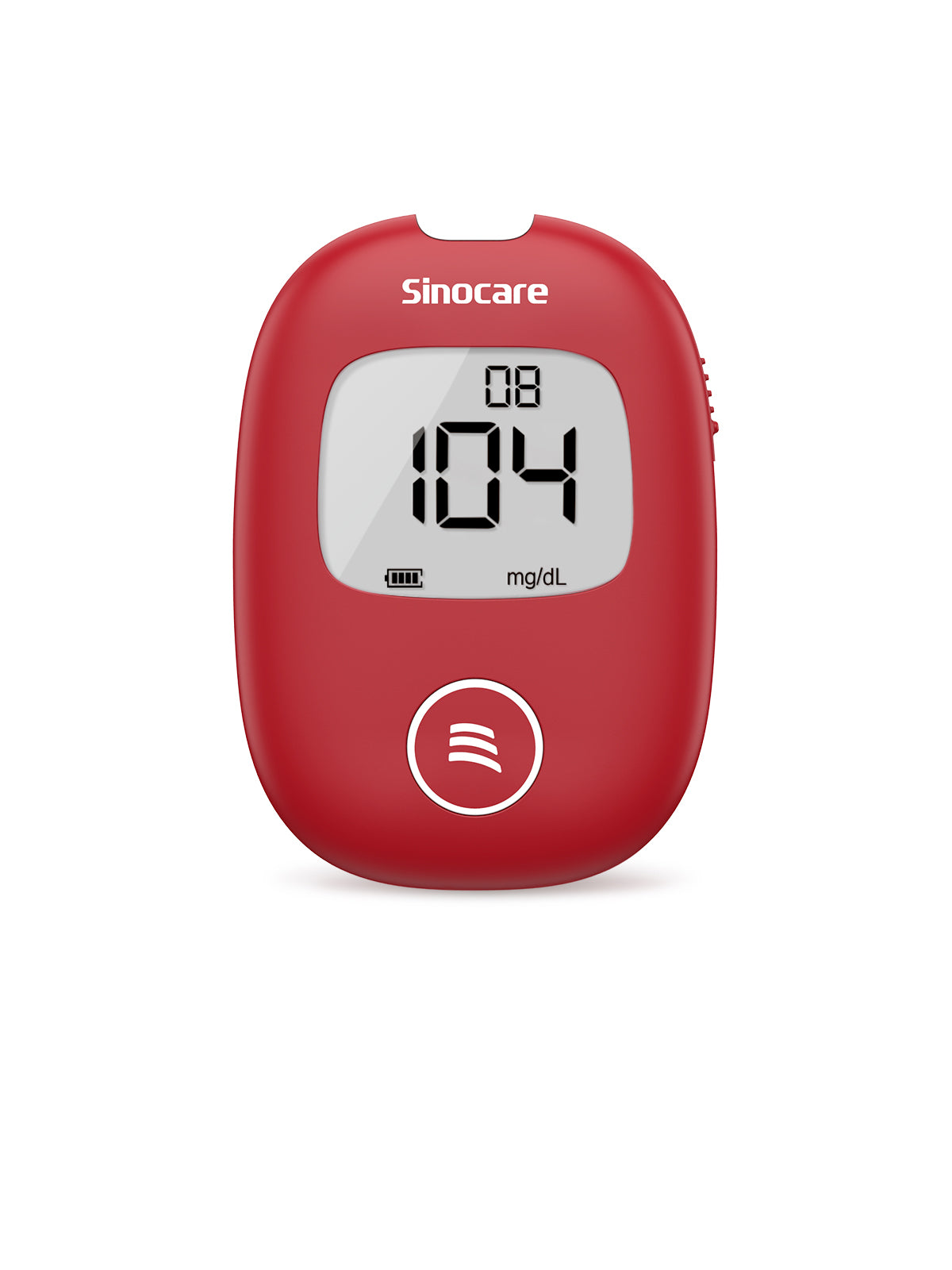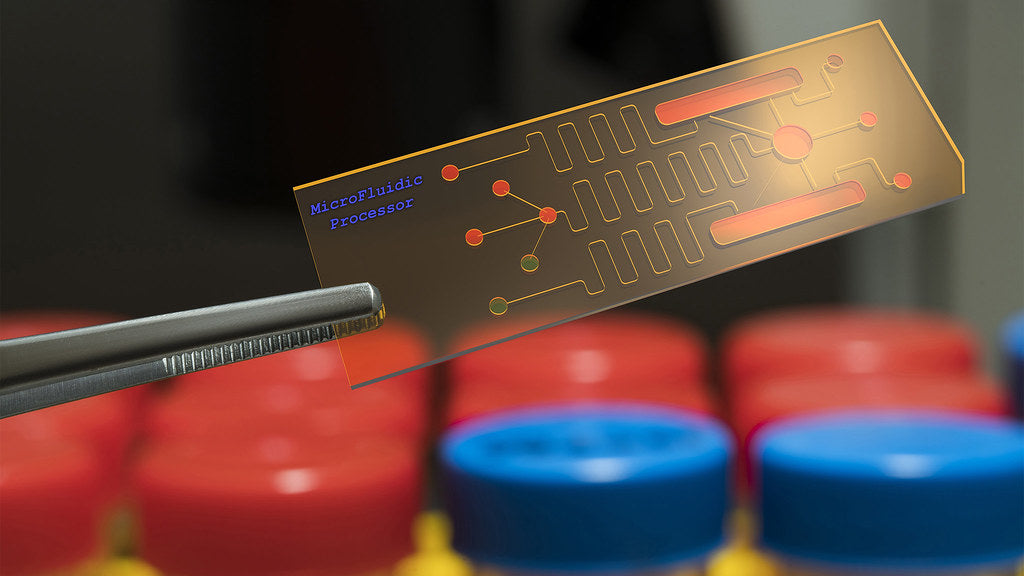Nowadays, the design and development of wearable biosensors in human health monitoring and personalized medicine have garnered significant attention. Wearable biosensors (WBS) are portable electronic devices that integrate sensors with the human body in patches, gloves, clothing, and implants, realizing in vivo detection, recording, and calculating data using mobile or portable devices, ensuring bidirectional feedback between doctors and patients. These devices also enable non-invasive, real-time quantification of various biochemical markers in human body fluids, such as saliva, sweat, skin, and tears.
With innovation and advances in materials science and development in mechanical engineering and wireless communication technologies, various wearable devices have been developed and employed for the simultaneous processing and analysis of biomarkers to improve healthcare management. The sale of the wearable technology market is expected to increase to $70 billion by 2025 for their ease of use.
A biosensor is a composition of two basic functional units, namely a "biorecoking element or bioreceptor" (enzyme, antibody, DNA, nucleic acid, peptide, etc.) and a physicochemical transducer of optical, electrochemical, piezoelectric, and thermal type. The bioreceptor is responsible for the selective recognition of the target analyte, and the transducer is responsible for converting a Biore recognition event into a measurable signal. In addition, advancement in biosensor technologies has paved the way to start improving modern wearable biosensors for non-invasive monitoring in healthcare and biomedical applications.
Characteristic of wearable biophysical sensors is that of contact with the skin to provide real-time measurement of biophysical parameters such as blood pressure, heart rate, and temperature that possess significant values in healthcare applications; These biophysical sensors are available on the market and widely used by consumers. On the other hand, considering that biochemical biosensors are not yet marketed despite possessing significant potential, it is difficult to detect the analyte of interest.
Of fundamental importance is the question that wearable biosensors are directly exposed to the human body; therefore, it is expected not to pose any kind of additional risk to the health of human life. Therefore, it is essential that the wearable biosensor is biocompatible to avoid an immune response, which makes biocompatible materials preferable for smart wearable sensors.
Epidermal patches as monitoring of metabolic biomarkers

The integration of wearable devices into personalized health services has gained significant attention recently. Wearable devices can be classified as wearable accessories (such as watches, gloves, etc.), wearable fabrics (t-shirts, socks, shoes), wearable hardware (glasses and helmets), and sensory devices for health monitoring. With integrated miniaturized devices and advances in technologies (microelectronics and wireless communication), wearable biochemical sensors have deeply embedded and become an integral part of our lives; however, further, development is needed in the future.
Among the wearable devices, epidermal patches, developed in a flexible and microfluidic-based way for the real-time analysis of sweat samples, are worthy of attention. This sensor is built on a flexible plastic substrate integrated with a special spiral channel microfluidic built-in with ion-selective sensors; this system interfaces the sensing component and can analyze sweat with a printed circuit board (PCB) technology. The sensor could potentially monitor ion concentration (H, Na, K, Cl+++−) and sweat rate, which further facilitates the monitoring of human physiological and clinical conditions using sweating parameters. In addition, there is still room to improve the temporal resolution of the sensors, which could allow for ease and high productivity in manufacturing.
A new project has recently been developed, where cortisol-specific antibodies (MX210 Ab) have been immobilized on an extensible and conformable nanostructured surface with impedimetric detection. With an optimized antibody concentration level, the patch offers a detection limit of 1.0 pg mL−1 with a detection range of up to 1 μg mL−1. The Au 3D nanostructure as a working electrode allows for the greatest sensitivity, even if the sensor has the limit of Ag-Ab complex instability without reproducibility. To overcome the above concern of instability, an artificial molecular fingerprint polymer (MIP) synthesized by the copolymerization reaction for cortisol screening was developed; MIPs possess greater selectivity against cortisol as a pattern, reversibility, robustness, and reproducibility. The same group of researchers has also developed a device known as "SKINTRONICS", useful for determining stress levels through electrodermal detection of the galvanic response of the skin; It is a multilayer device with a wear time of 7 hours, with flexible hybrid skin-conforming features that allow real-time data acquisition.
Currently, various wearable patches or skin-interfaced sensing platforms are being developed, indicating a shift in focus towards flexible sensing.
Self-healing flexible wearable sensors

Currently, wearable medical devices are limited by their robustness due to the ease of damage to the biosensor components, which alter the function and further reduce their performance, shelf life, and electronic properties. An ideal bio-multifunctional bio-functional wearable biosensor must not only maintain its electronic functions but must also possess self-healing properties to maintain its internal physical characteristics in case of minor micromechanical damage.
Wearable electronic devices used on the skin must include self-healing characteristics without any external stimulation (e.g., heat) to restore their mechanical and electrical connections. To this end, several flexible self-healing sensors based on conductors and polymers have been studied, but despite the rapid development in the field of self-healing polymeric materials, only some of them can be used in the field of flexible wearable electronics.
The development of self-healing electronic sensors can be achieved by incorporating ionic liquids into self-healing polymer channels, where the loss of ionic liquids in a state of rupture is avoided due to the capillary effect. Another project is based on a rubber-like self-healing conductive composite, composed of inorganic micro nickel (μNi) and organic supramolecular polymer particle that possesses an electrical and mechanical self-healing mechanism driven by the recombination of hydrogen bonds between cut surfaces. Another type of sensor was developed using a flexible sandwich structural deformation sensor, manufactured by inserting a layer of polymer silver nanowires (AgNW) decorated with self-healing properties in layers of PDMS (polydimethylsiloxane); this design provides good stability and elasticity. In addition, several reports have already been published that potentially predict the advancement of materials or nanocomposites used in wearable biosensors.
Hydrogel-type sensors have gained promising attention in advanced wearable sensors due to their mechanical properties. However, the production of a skin-like extensible, and conductive hydrogel with the desired synergistic characteristics of elasticity, increased self-healing ability, and excellent sensing performance, remain a challenge. In addition, despite the important characteristics of hydrogels, the fragility and low strength of hydrogels are two major obstacles in their further applications in wearable devices. These problems can be overcome by strategies such as double and interpreter networks such as double hydrogels, nanocomposite (NC)-based hydrogels, and cross-linked double hydrogels with strong mechanical properties and stability under extreme conditions.










Leave a comment
All comments are moderated before being published.
This site is protected by hCaptcha and the hCaptcha Privacy Policy and Terms of Service apply.